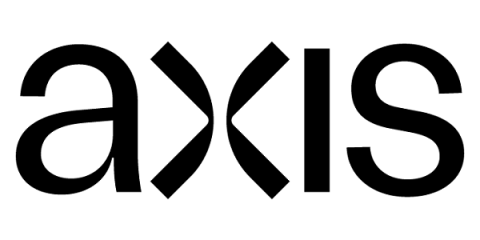Wi-Fi and its relationship with the zero-trust model
Zero-trust network architecture (ZTNA) provides a holistic view of business cybersecurity that secures your applications and environment when accessed by any user, device, or location. A comprehensive zero-trust model enables you to mitigate, detect and respond to threats.









